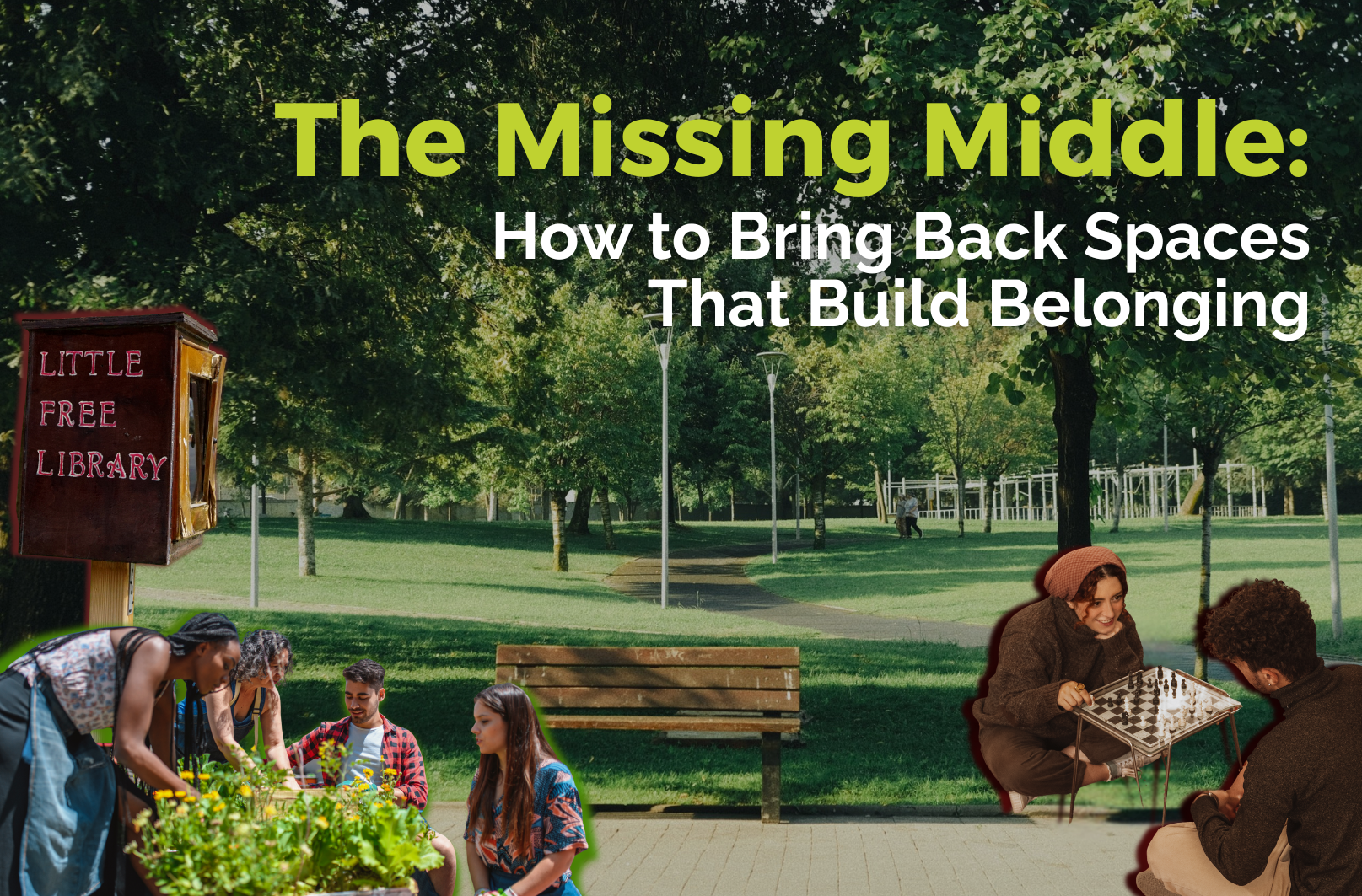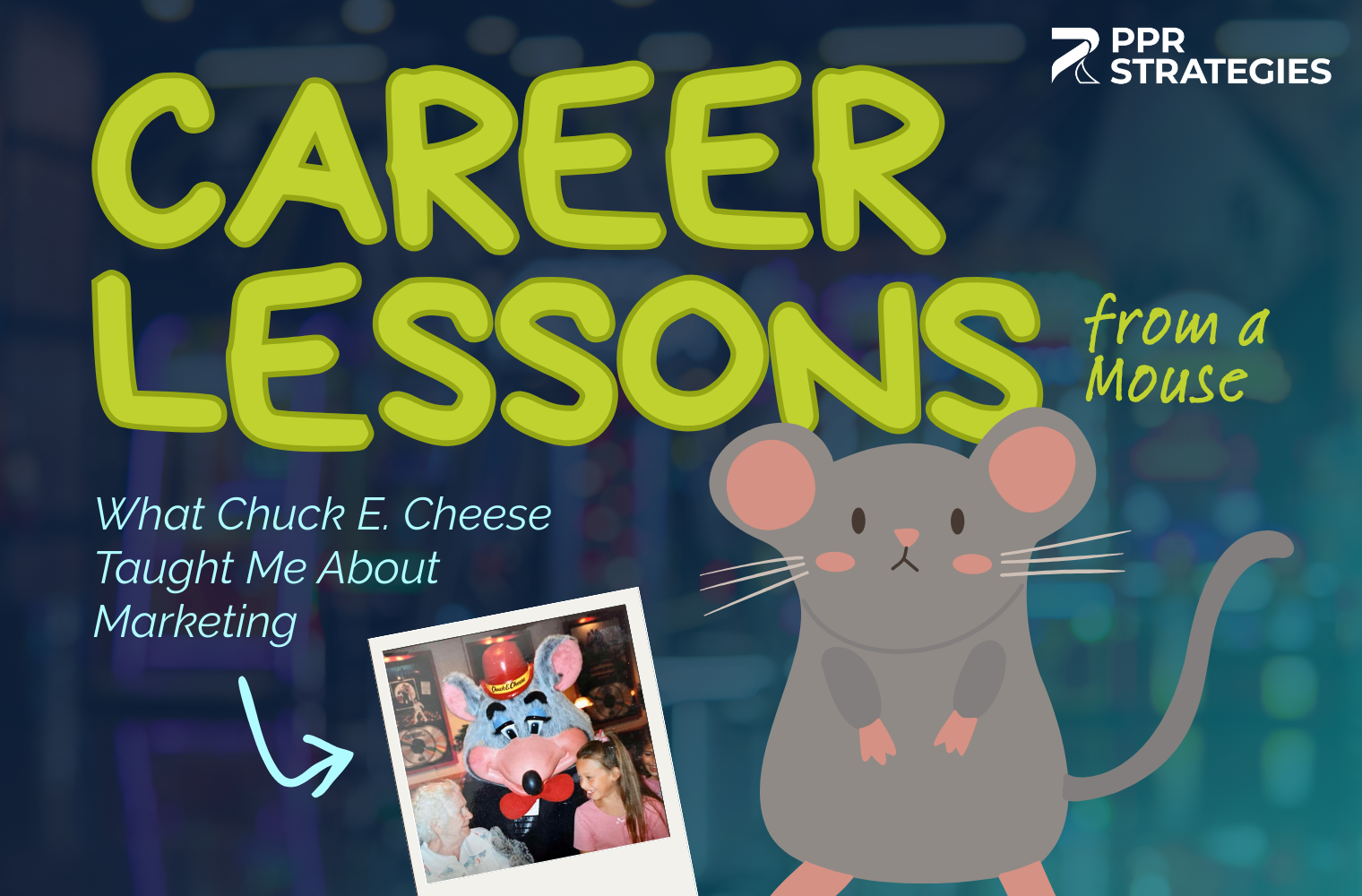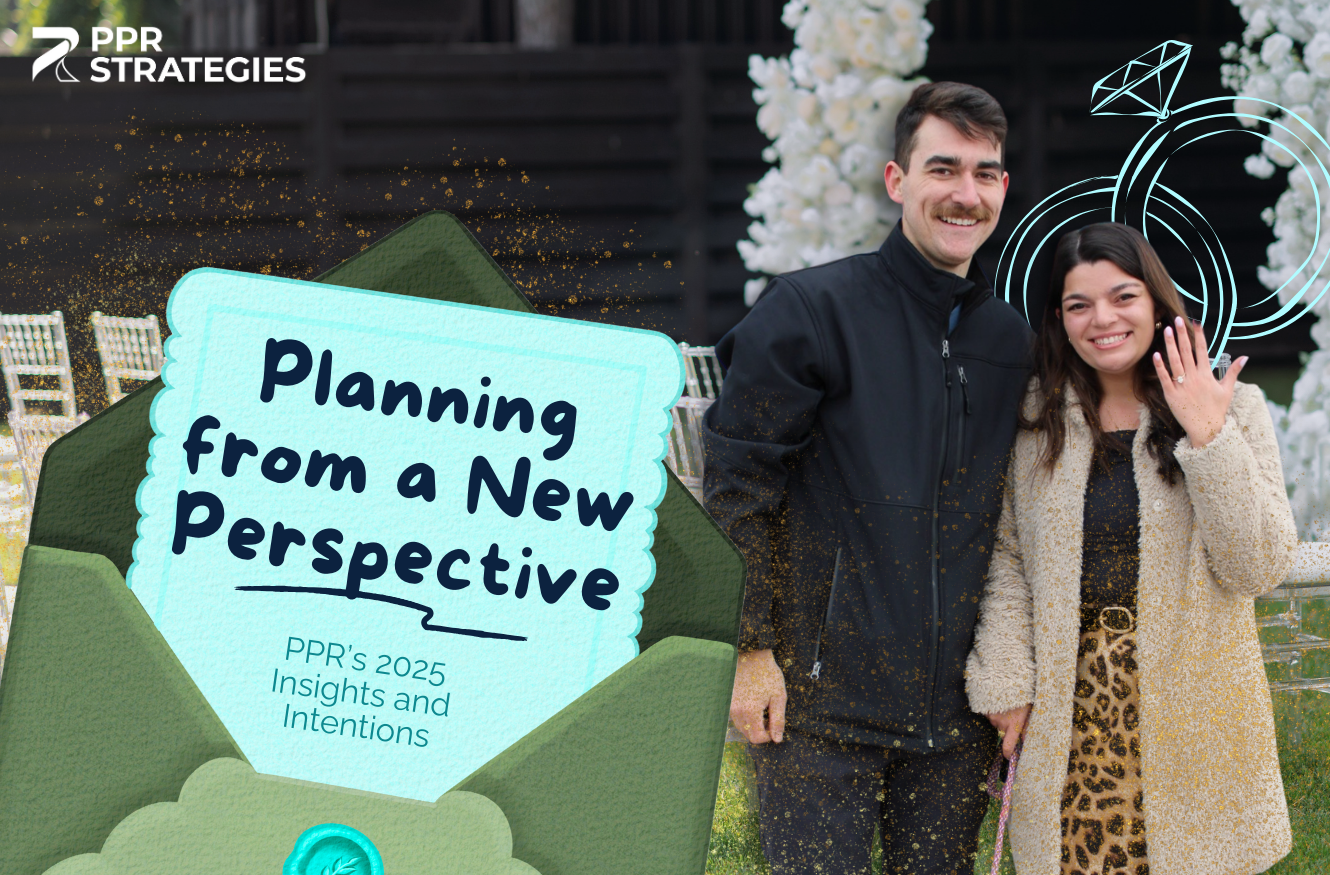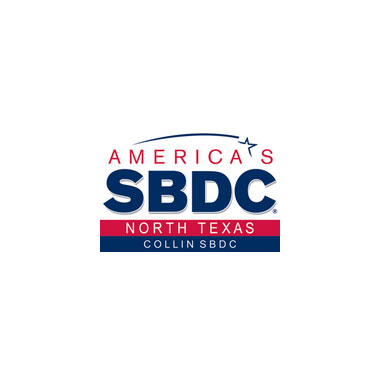
At the 2025 Main Street Maryland Conference, one topic came up in multiple sessions and conversations: the quiet disappearance of third places—and what that means for the future of our communities.
This year marked the second annual Main Street Maryland Conference, hosted by our clients at the Maryland Economic Development Association and the Maryland Department of Housing and Community Development. From Frederick, where the inaugural event was held last year, to Easton this fall, the conversations centered around the same mission we share at PPR Strategies: helping communities create places where people want to live, work, and connect.
And that’s exactly what third places do.
These “third places” (think coffee shops, community centers, parks, libraries, and local storefronts) are where community life happens. If home is our first place and work is our second, these third spaces are where neighbors bump into each other, ideas are exchanged, and a sense of belonging takes root.
At the conference, keynote speaker Erin Barnes, President and CEO of Main Street America, underscored a growing concern: as these spaces disappear, so does the social fabric that holds communities together. Without third places, isolation grows, engagement declines, and the liveliness that fuels local economies begins to fade.
Why are third places disappearing?
Several trends drive the decline. The rise of remote work, shifts in retail popularity, the consolidation of local businesses, and a lack of investment in public spaces have all played a role. In many places, development has prioritized private space and car access over walkability, density, and shared public life. As a result, fewer organic opportunities for connection exist.
Why do third places matter?
When communities lack third places, social isolation can grow, while local economies miss out on the benefits of walkable, connected downtowns. These spaces go beyond leisure; they also support small businesses, encourage foot traffic, and create memorable, authentic experiences that attract residents and visitors alike. It’s not just about meeting your book club over coffee or getting a haircut at your favorite barbershop; it’s about the atmosphere of connection, that easy sense of belonging that doesn’t require any formal invitation.
How can communities bring them back?
The good news is that communities can take action. Here are a few ways to support or spark third places:
- Reinvest in local businesses that create natural gathering spots, such as cafés, bookshops, and markets.
- Design inclusive public spaces like plazas, community gardens, and pocket parks, which are small outdoor spaces, often repurposing vacant lots, rooftops, and alleyways into inviting spaces that invite people to linger.
- Activate underused spaces with pop-up events, live music, or seasonal programming.
- Encourage mixed-use development that blends residential, commercial, and communal uses in walkable areas.
- Create moments in unexpected settings by adding community bulletin boards, public art, or a Little Free Library that invites neighbors to pause and connect.
- Listen to community voices to understand what kinds of third places are most needed.
Third places build community spirit and drive economic vitality. As communities look to attract investment, retain talent, and revitalize their downtowns, these gathering spaces should be part of the strategy.
Want to explore how third places can play a role in your community’s growth? Or, if your community is burgeoning with third places, tell us how these spaces bring people together!








